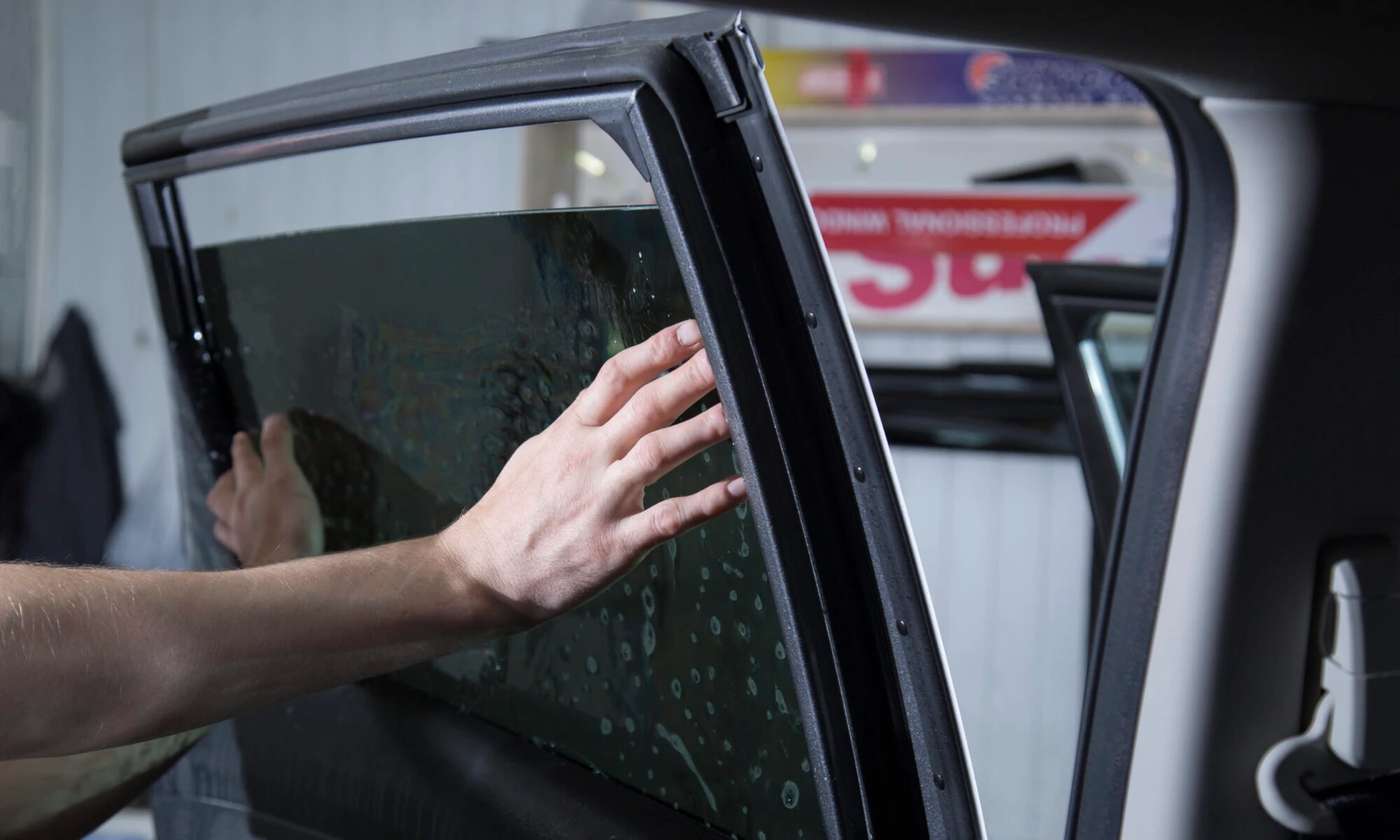The Best Window Tinting Alternatives for UV Security and Warmth Decrease
The Best Window Tinting Alternatives for UV Security and Warmth Decrease
Blog Article
The Process of Professional Window Tinting Explained
Understanding the process of professional home window tinting needs an appreciation for the intricacies entailed in making sure both aesthetic charm and functional excellence. From choosing the right movie kind to the careful prep work of home windows, each step plays a vital duty in attaining a remarkable application. Complying with these first preparations, the careful cutting and application of the film demand accuracy to prevent blemishes. However, the final inspection and guidance on maintenance continue to be extremely important for lasting contentment. What aspects add to the overall performance of the tinting process, and exactly how can they impact both visual appeals and efficiency?
Picking the Right Window Film
Selecting the right window movie involves recognizing different aspects that influence both visual appeal and capability. The preliminary consideration is the type of film, which can vary from dyed, metalized, to ceramic movies. Colored films mainly provide privacy and visual improvement, while metalized films show warmth and UV rays, improving power performance. Ceramic films, although commonly much more pricey, deal remarkable efficiency without endangering exposure.
Following, take into consideration the movie's Visible Light Transmission (VLT) percentage, which determines just how much light gets in the space. A reduced VLT gives better privacy and heat rejection yet may decrease natural light dramatically. Additionally, the film's solar warm gain coefficient (SHGC) is critical; a lower SHGC shows much better thermal performance, assisting to preserve interior comfort.

Preparing the Windows
When the suitable home window film has actually been chosen, the following step is completely preparing the home windows for setup. This prep work is important for achieving optimum bond and making sure a remarkable appearance post-installation.
The very first task includes cleaning up the windows carefully (window tinting). A high-grade glass cleanser is important, ideally one that is ammonia-free to prevent destructive any kind of home window seals or tint materials. Making use of a lint-free towel or paper towels, technicians need to get rid of any kind of dirt, dust, or grease, paying unique attention to the sides and corners where particles commonly accumulates

Reducing the Film
A precise approach to reducing the film is important for guaranteeing a go now perfect fit on the prepared windows. This step requires both ability and interest to information, as mistakes can bring about unpleasant gaps or overlaps that compromise the aesthetic and useful high qualities of the tint.
Before reducing, the expert need to measure the home window dimensions accurately, making up any kind of one-of-a-kind shapes or shapes. It is advisable to make use of high-grade home window film, as this product often tends to be extra flexible during the reducing process. The film is generally laid flat on a tidy, smooth surface, and a sharp utility knife is used to make sure clean sides.
To achieve optimal outcomes, several professionals utilize templates produced from previous installations or make use of software application to develop specific patterns. A common these details technique entails adding an added margin to the template, enabling changes throughout the application phase.
Additionally, cutting the film in a regulated setting reduces the danger of impurities affecting the glue side. By adhering to these meticulous practices, window tinting experts can ensure that the film not only fits perfectly however likewise does efficiently over time, enhancing both appearance and performance.
Applying the Color
After meticulously reducing the movie to the appropriate measurements, the following step involves using the tint to the home window surface. This process starts with ensuring that the window is clean and without any type of dust, debris, or deposits that might influence attachment. A customized cleansing service is typically made use of, complied with by complete drying with a lint-free cloth.
As soon as the surface is prepared, the installer will thoroughly place the color film versus the glass. It is necessary to straighten the movie properly to avoid misplacement, as any kind of errors can cause an amateur appearance. To facilitate this, the installer may use a light mist of application solution on the glue side of the movie, permitting small repositioning if essential.
Using a squeegee, the installer will after that begin to press the movie onto the glass, working from the center outwards to get rid of air bubbles and guarantee a firm bond. This technique is go to my blog vital, as it guarantees a smooth and perfect finish. Throughout the application, interest to detail is crucial to stop creases or imperfections, guaranteeing that the color not just improves visual appeals however likewise supplies the preferred capability.
Last Inspection and Treatment
The final examination is an essential action in the home window tinting process, making certain that the installation satisfies both visual and useful criteria. Throughout this phase, specialists carefully take a look at the set up color for any imperfections, such as bubbles, creases, or misalignments. A complete evaluation also includes inspecting the adherence of the film to the glass, as well as its harmony and overall appearance.
After the examination, correct treatment and maintenance guidelines are supplied to the customer. It is vital to notify them about the suggested timeline for cleaning up the colored home windows, usually recommending a delay of at the very least 1 month after installation to allow the adhesive to heal completely. Clients should be educated on appropriate cleaning items and methods, stressing the evasion of ammonia-based cleaners that can harm the tint.
Additionally, professionals ought to suggest clients on the significance of routine upkeep to prolong the life of the tint. This includes periodic look for indicators of wear or damage and responding quickly to any type of concerns. By guaranteeing a thorough final assessment and offering clear care standards, window tinting professionals enhance consumer complete satisfaction and the long life of their job.
Verdict
The professional window tinting process includes a number of essential actions that guarantee top quality results. Selecting the ideal film kind, preparing the home windows carefully, accurately cutting the movie, and using it with accuracy are important for achieving a perfect surface.
Report this page